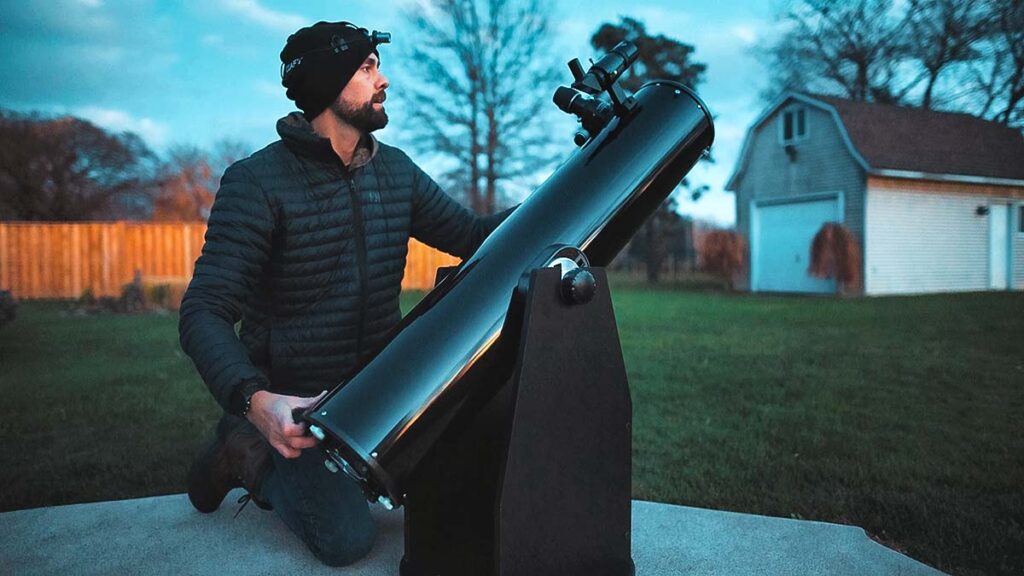
A Beginner’s Guide to Getting Started in Astronomy
Astronomy is one of the most rewarding hobbies you can take up. It offers a sense of discovery, a connection to the cosmos, and the joy of exploring the universe from your own backyard. If you’re just starting out, here are some essential tips to help you get the most out of your stargazing experience.
1. Start with Your Eyes
Before investing in equipment, start by simply looking up! The naked eye is your first astronomical tool.
- Learn to identify constellations using a sky chart or an astronomy app like SkySafari, Stellarium, or SkyView.
- Track the phases of the Moon to see how it changes over time.
- Observe bright planets like Jupiter, Saturn, Venus, and Mars.
Try observing from a dark-sky location away from city lights for the best view.
2. Use Binoculars Before Buying a Telescope
A good pair of astronomy binoculars (7×50 or 10×50) can reveal amazing sights, including:
- The Moon’s craters and mountains
- The Galilean moons of Jupiter
- The Orion Nebula (M42)
- The Andromeda Galaxy (M31)
Binoculars are portable, affordable, and easy to use, making them an excellent beginner’s tool before investing in a telescope.
3. Learn the Night Sky with Star Maps and Apps
To navigate the sky, use a star map, planisphere, or astronomy app. Some great tools include:
- SkySafari – Highly detailed with telescope control features
- Stellarium – Free and easy-to-use star map
- SkyView – Augmented reality for identifying celestial objects
4. Choose the Right Telescope (If You Want One)
If you’re ready to invest in a telescope, consider these beginner-friendly options:
- Dobsonian Reflector (6” or 8”) – Best value for deep-sky objects and planets
- Maksutov-Cassegrain or Schmidt-Cassegrain – Compact and great for planetary viewing
- Refractor Telescope (80mm or larger) – Good for crisp views of the Moon and planets
Avoid cheap department store telescopes labeled “500x magnification”—they are often low quality and frustrating to use.
5. Keep a Stargazing Journal
Recording your observations can help you track your progress and develop a deeper appreciation for the night sky. Note:
• The date, time, and location
• What you observed and under what conditions
• Any thoughts or sketches of what you saw
- Tip: Use a red flashlight to preserve night vision while writing.
6. Join an Astronomy Club or Online Community
Learning with others can be incredibly helpful. Consider:
Local astronomy clubs – Many hold star parties and have loaner telescopes.
Online forums – Try Cloudy Nights, Reddit’s r/Astronomy, or AstronomyConnect.
YouTube Channels – Watch experienced astronomers share their tips and observations.
7. Try Astrophotography (Optional, But Fun!
Even with a smartphone, you can capture great shots of the Moon. A DSLR or mirrorless camera with a tripod can reveal star trails and the Milky Way. If you get more serious, a tracking mount and a dedicated astro camera can take you deep into nebulae and galaxies.
🔹 Tip: Start simple—photograph the Moon through your phone and telescope!
8. Be Patient and Enjoy the Journey
Astronomy is a lifelong adventure. Some nights will be cloudy, and some objects will be challenging to find—but every discovery makes it worth it. Take your time, learn at your own pace, and enjoy the wonder of the universe.